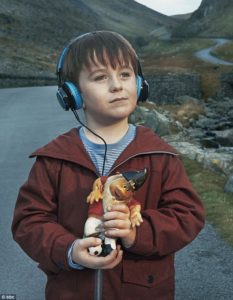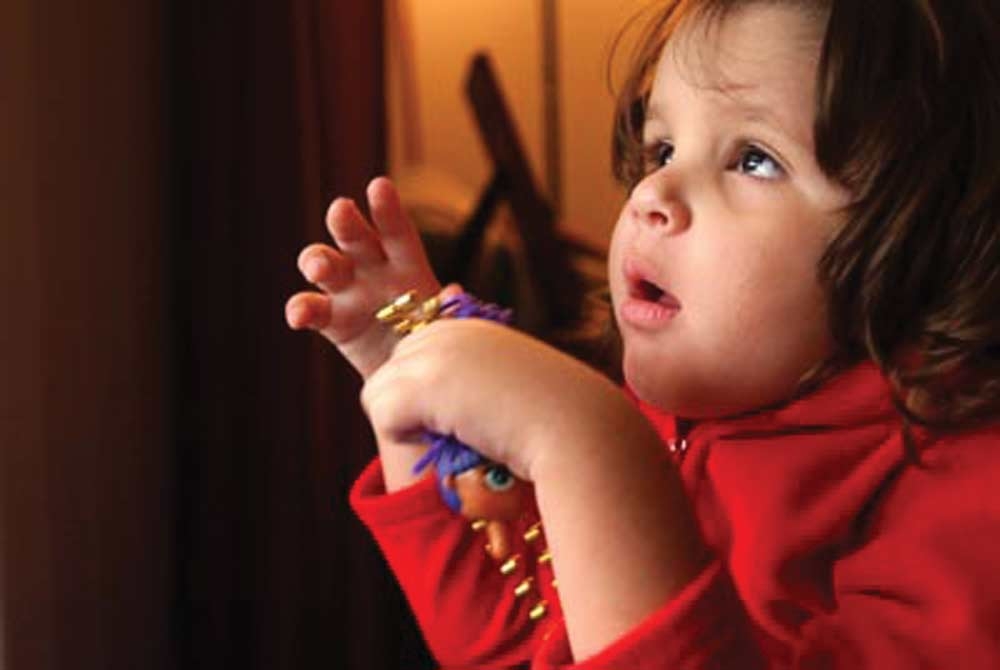In North America the diagnosis of Autism Spectrum Disorders are currently categorized as a Pervasive Developmental Disorder in accordance with 1994, Diagnostic and Statistical Manual of Mental Disorders, Fourth Edition, American Psychiatric Association. Through evaluation, observation, parental consultation and an experienced and highly trained professional (such as a Doctor), the diagnosis of Autism Spectrum Disorder can be determined based on the presence of specific behaviours. An individual who falls under this category exhibits commonalities in communication and social deficits, however, differ in severity, number of symptoms and age of onset. It is important to remember no two individuals are alike.
Autism is a spectrum disorder. In other words, the symptoms and characteristics of autism can present themselves in a wide variety of combinations, from mild to severe. Although autism is defined by a certain set of behaviours, children and adults can exhibit any combination of the behaviours in any degree of severity. Two children, both with the same diagnosis, can act very differently from one another and have varying skills.

Autistic Disorder: impairments in social interaction, communication, and imaginative play prior to age 3 years. Stereotyped behaviours, interests, and activities.

Childhood Disintegrative Disorder: characterized by normal development for at least the first 2 years, followed by the significant loss of previously acquired skills.

Pervasive Developmental Disorder – Not Otherwise Specified: commonly referred to as atypical autism, a diagnosis may be made when a child does not meet the criteria for a specific diagnosis, but there is a severe impairment in specified behaviours.

Asperger’s Disorder: impairments in social interactions and the presence of restricted interests and activities, with no clinically significant general delay in language, and testing in the range of average to above average intelligence.
Rett’s Disorder: a progressive disorder which, to date, has occurred only in girls. A period of normal development followed by the loss of previously acquired skills and loss of purposeful use of the hands replaced with repetitive hand movements beginning at age 1-4 years.
Therefore, there is no standard “type” or “typical” person with autism. Parents may hear different terms used to describe children within this spectrum, such as: -like, autistic tendencies, autism spectrum, high-functioning or low-functioning autism, and more-abled or less-abled. Whatever the diagnosis, individuals with Autism can learn and function productively and show gains from appropriate education and treatment. (autismontario.com)
Workshop Presentation - Visual Aids and Strategies
Contact Vizually Speaking today to learn how Visual Aids and Strategies can decrease the undesired behaviour(s), improve communication, promote independence and increase self-confidence. Through our dynamic presentation you will:
✓ Uncover the importance of using Visual Aids and Strategies.
✓ Discover the benefits of Visual Aids and Strategies.
✓ Learn how to overcome communication barriers.
✓ Promote independence and decrease undesired behaviours.
✓ Be introduced to NEW resources.
EVERYONE benefits from Visual Aids!

Vizually Speaking understands Autism Spectrum Disorders providing a service to assist the needs of an individual in your care within the spectrum. We support and train families and caregivers in designing, creating and implementing individualized visual aids and strategies. Contact us today for a FREE consultation contact us today.



